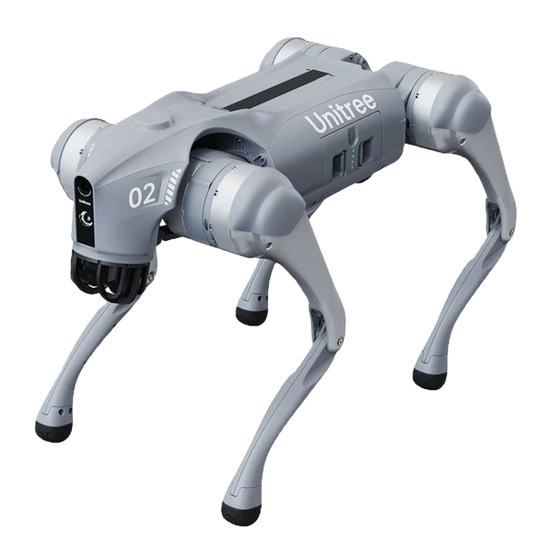Computer Vision
An AI field focused on enabling machines to interpret and process visual data. In drones and robotics, computer vision is used for object detection, navigation, and real-time analysis.
Computer Vision is a dynamic and vital area within the field of artificial intelligence, focusing on enabling machines to understand and process visual information. As visual data is intrinsic to human experience and decision-making, developing systems that can interpret images and video opens doors to innovation across various sectors. By grasping terms like Computer Vision, we can better appreciate its impact on technology, industry, and daily life, fueling advancements that improve efficiency and decision-making.
What is Computer Vision?
Computer Vision is an artificial intelligence field centered on enabling machines to interpret and process visual data. This encompasses teaching computers to recognize and understand images and videos similarly to how humans do. It employs various advanced techniques, including deep learning, image processing, and machine learning, allowing machines to identify objects, assess scenes, and make decisions based on visual information. With the rapid growth of imaging technologies, Computer Vision has become crucial in developing intelligent systems, especially in areas like drones and robotics, where it facilitates object detection, navigation, and real-time analysis.
Key Concepts:
Image Processing: Techniques used to enhance and manipulate images for better analysis, such as filtering, edge detection, and color adjustment.
Object Detection: Identifying and localizing specific objects within an image or a video frame, enabling automation in various applications.
Machine Learning: Algorithms that allow computers to learn from and make predictions based on data, which plays a significant role in improving Computer Vision systems.
Neural Networks: A subset of machine learning inspired by the human brain's architecture, essential for deep learning applications in Computer Vision.
Feature Extraction: The process of identifying key information from images that are useful for analysis and classification tasks.
Applications and Relevance:
Autonomous Vehicles: Enabling cars to recognize roads, pedestrians, and obstacles, allowing for safe navigation without human input.
Facial Recognition: Used in security systems and digital authentication, helping to identify individuals based on their facial features.
Medical Imaging: Assisting radiologists in detecting anomalies in scans, improving diagnosis accuracy and patient care.
Agriculture: Analyzing crop health and yield predictions by interpreting satellite and drone imagery.
Retail Analytics: Monitoring customer behavior and preferences through image analysis, informing inventory and marketing strategies.
Challenges and Considerations:
Data Privacy: The use of visual recognition raises ethical issues surrounding surveillance and the collection of personal data without consent.
Robustness: Ensuring systems remain reliable under varying environmental conditions, such as lighting changes or occlusions.
Bias and Fairness: Addressing issues related to biased algorithms that handle diverse populations in applications like facial recognition.
Computational Complexity: The processing demands of high-resolution images and real-time analysis can strain resources, requiring optimization techniques.
Future Trends and Innovations:
Augmented Reality: Integrating computer vision with AR applications to create immersive experiences, enhancing user interaction with the digital world.
3D Vision: Developing systems that can understand depth and spatial relationships, improving the accuracy of object detection and interaction.
Edge Computing: Moving data processing closer to the source (like cameras and drones), reducing latency and bandwidth issues in real-time applications.
Explainable AI: Focusing on making computer vision decisions more interpretable, allowing users to understand how systems arrive at conclusions.
Understanding Computer Vision is crucial as it continues to reshape industries and enhance technological capabilities. Its growing applications highlight its significance in addressing complex visual problems and facilitating innovations across various fields. As technology evolves, so will the potential of Computer Vision to transform our interaction with the world, paving the way for smarter, more capable systems that enrich our lives.














